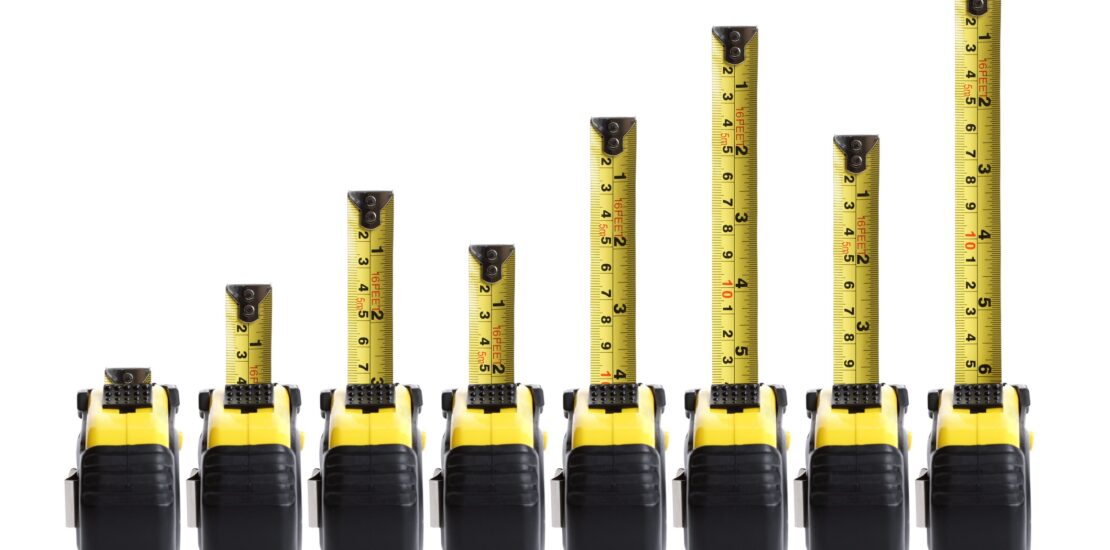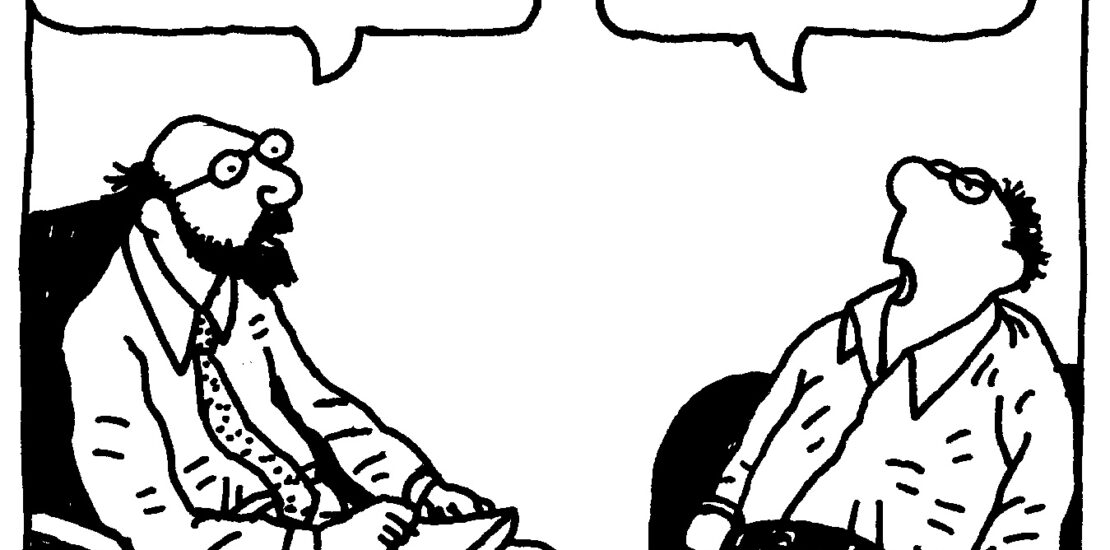difference between good and bad salespeople
-
Salespeople With This Weakness Score 47% Worse at Reaching Decision Makers
- October 16, 2018
- Posted by: Dave Kurlan
- Category: Understanding the Sales Force

A lot of the salespeople I coach have a weakness in their Sales DNA – their need to be liked. Approximately 58% of all salespeople have this weakness and on average, salespeople score 76% in that competency. Elite salespeople have an average score of 87% and weak salespeople have an average score of 69%.
What would it look like if we were to pivot this data and look only at the group who have it as a weakness? When we filter the results by the need to be liked, there are some very interesting scores. Could it be that the need to be liked – by itself – is a predictor of sales success? Maybe. We know that if the salesperson is in an account management role, the need to be liked is an asset. However, in any kind of producer role, especially in a consultative process or methodology, it will get in the way. Take a look at this data!
-
Which 4 Sales Competencies Best Differentiate Top from Bottom Salespeople?
- October 9, 2018
- Posted by: Dave Kurlan
- Category: Understanding the Sales Force

I reviewed data from nearly 511,000 sales evaluations and assessments from among the that Objective Management Group (OMG) has produced to date. I compared 21 Sales Core Competencies (you can see much of that data here) of the top 5% (elite) with the bottom 50% of all salespeople. Then I identified the 4 competencies with the biggest gaps and you can see those in the image below.
-
How Your Salespeople Measure Up in the 21 Most Crucial Sales Competencies for Modern Selling
- April 4, 2017
- Posted by: Dave Kurlan
- Category: Understanding the Sales Force

This is really about sales professionals who place more faith in the traits that are consistent with their beliefs, fearing that their actual capabilities won’t match up with the science. People want to see themselves in the most popular, positive way. They don’t want to discover that they might be lacking in 10 of the 21 Sales Core Competencies or have gaps in all 21.
-
HBR or OMG – Whose Criteria Really Differentiate the Top and Bottom 10% of Salespeople?
- August 22, 2016
- Posted by: Dave Kurlan
- Category: Understanding the Sales Force

In their June 20, 2016 article, A Portrait of the Overperforming Salesperson, HBR identified several traits, attitudes and actions that they claim differentiate the top from bottom performers. I’ll summarize it for you below and then explain why I believe it is junk. The findings include:
-
Harvard Business Review Hit and Then Missed the Mark on Sales
- November 16, 2010
- Posted by: Dave Kurlan
- Category: Understanding the Sales Force
Their conclusion was that everyone receives sales training on presentation and pitch but not on rising to the challenge and customer interaction. They recommended that salespeople should get more training in those areas where they haven’t developed the other skills. You don’t say…
OK, I can’t wait to share my perspective. Here is how HBR missed the mark:
In no particular order:

